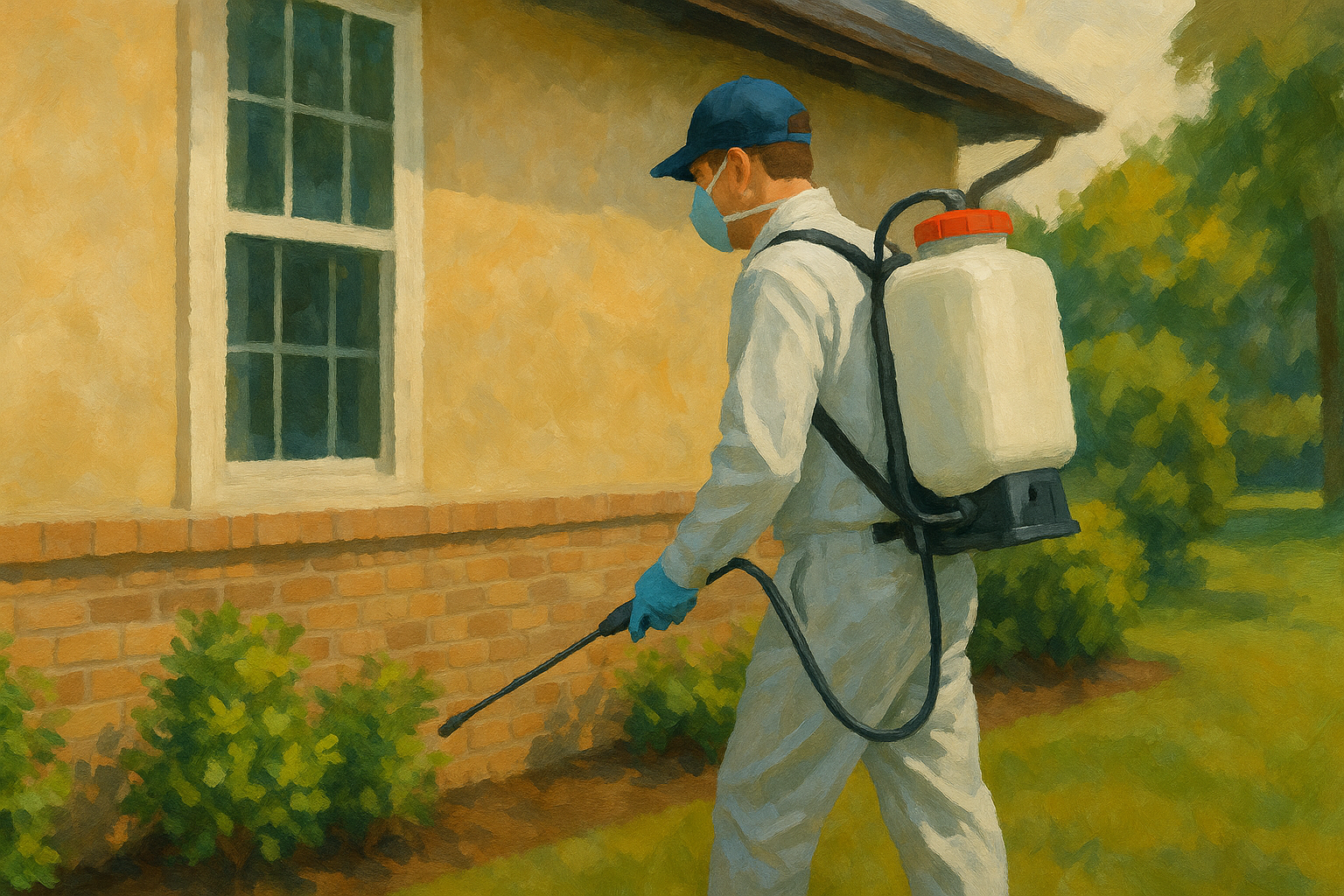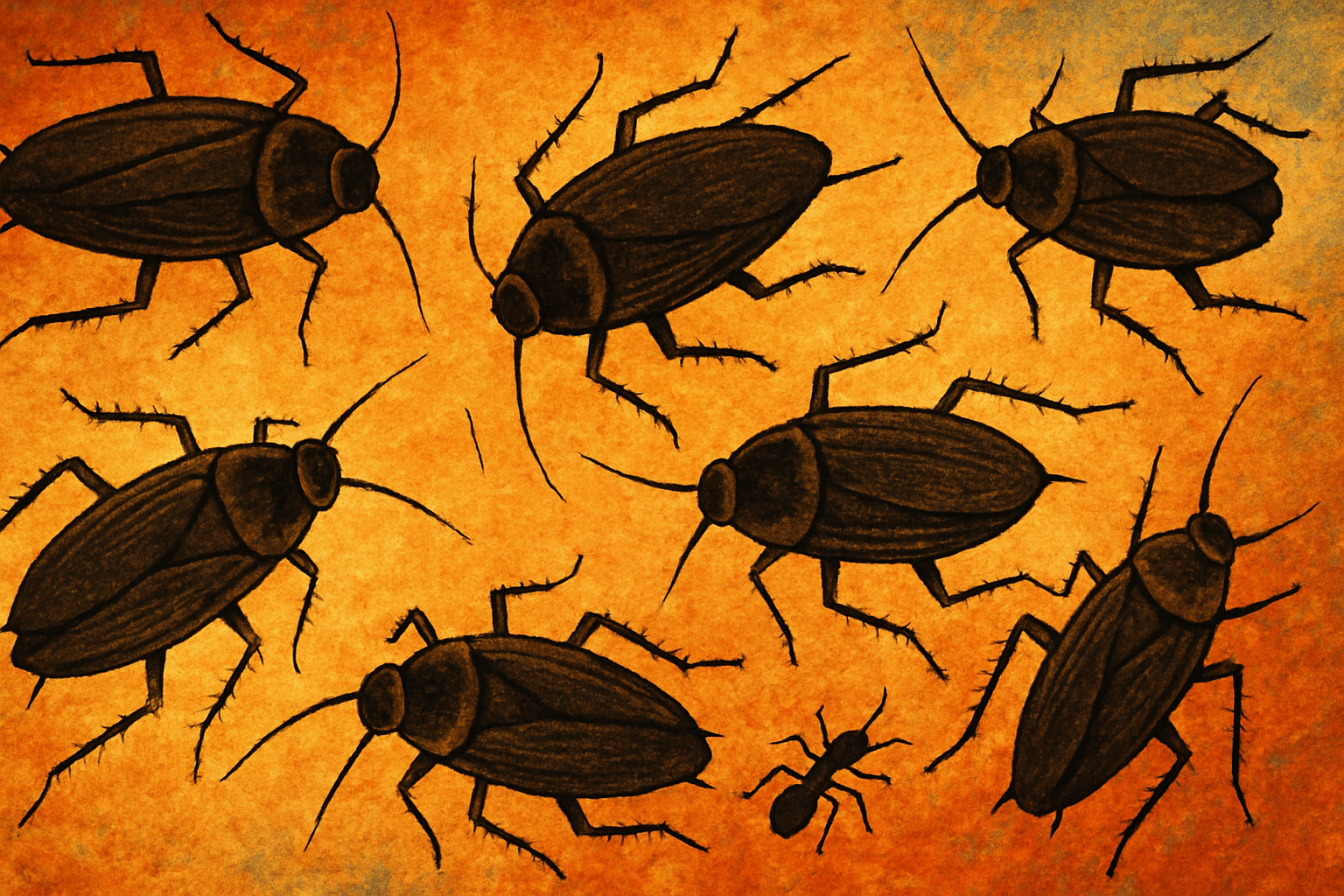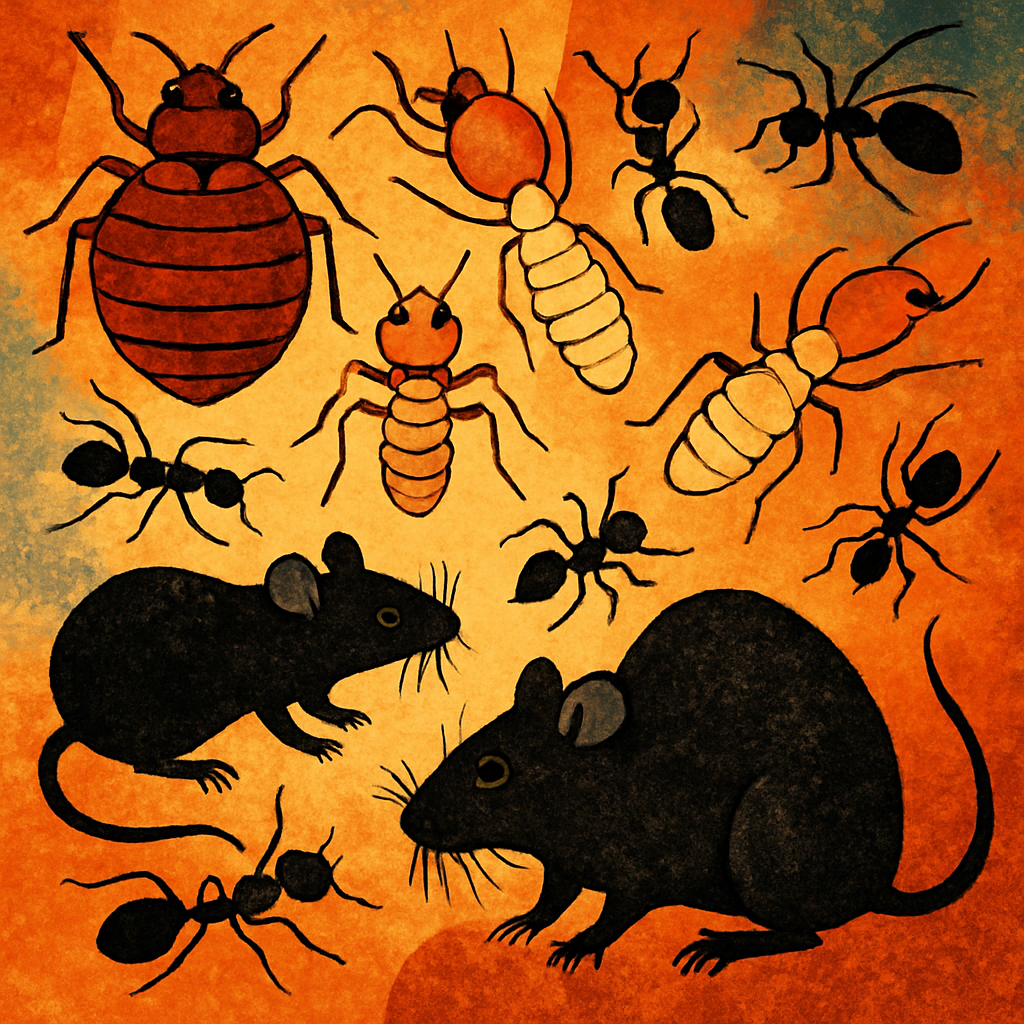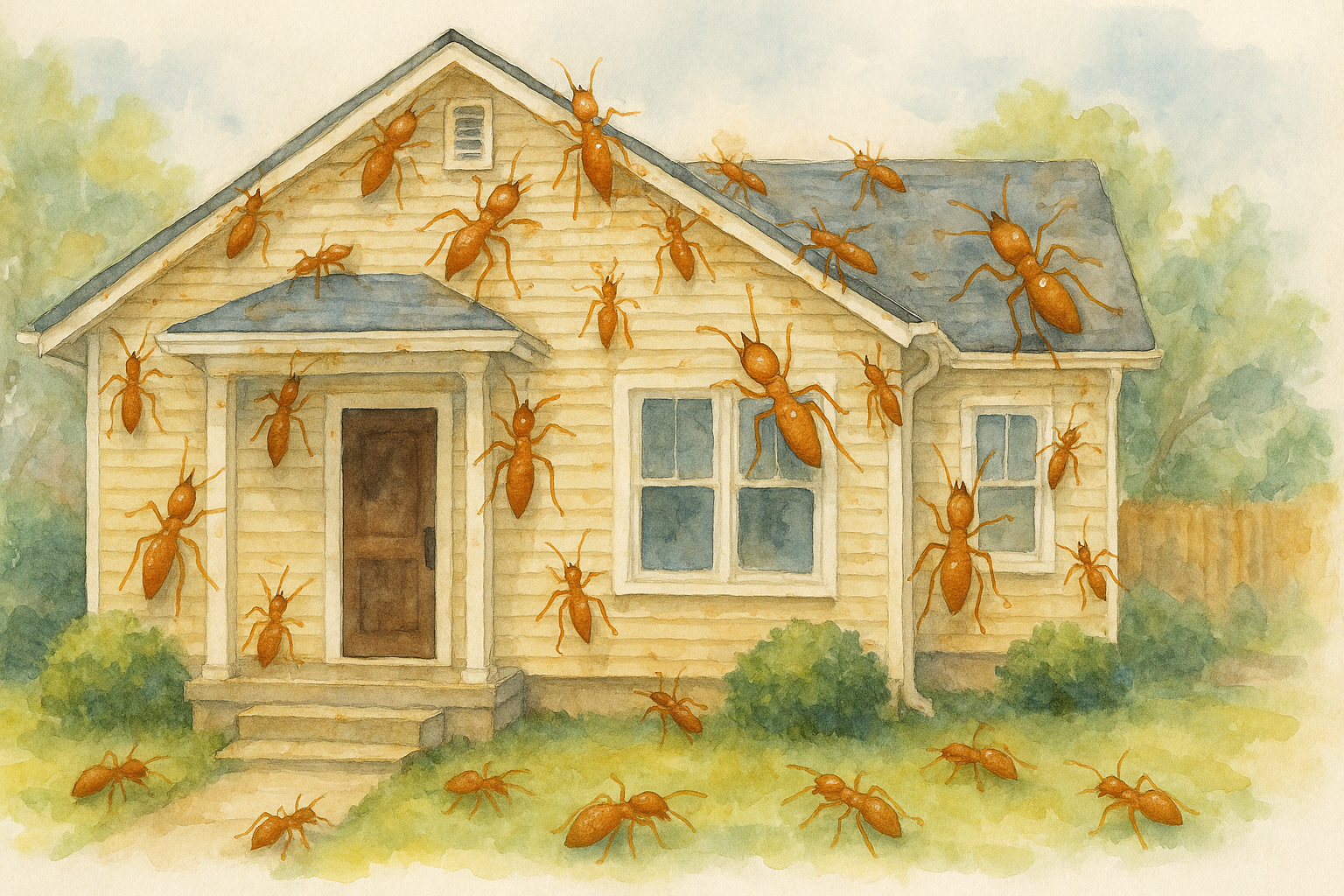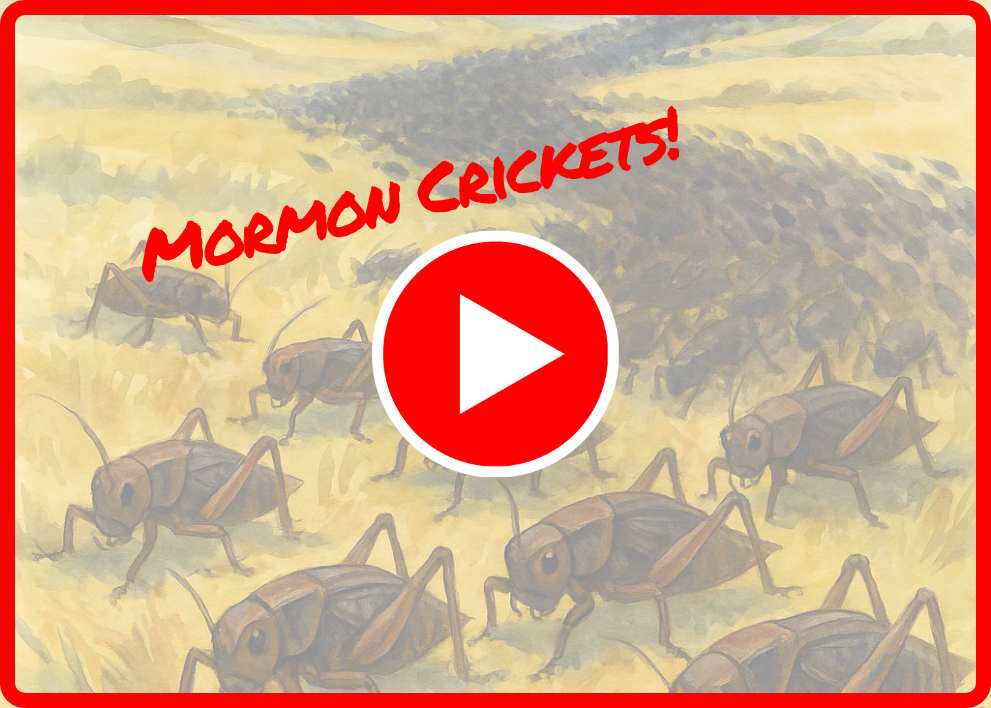Pocket gophers are small, burrowing rodents known for their extensive tunneling systems and the impact they have on the environment. In Idaho, pocket gophers, particularly the northern pocket gopher (Thomomys talpoides), are common throughout agricultural fields, forests, and grasslands. These rodents are recognized for their ability to alter landscapes, influence soil composition, and cause damage to crops and young trees, making them both an ecological influencer and a potential pest for farmers and landowners.
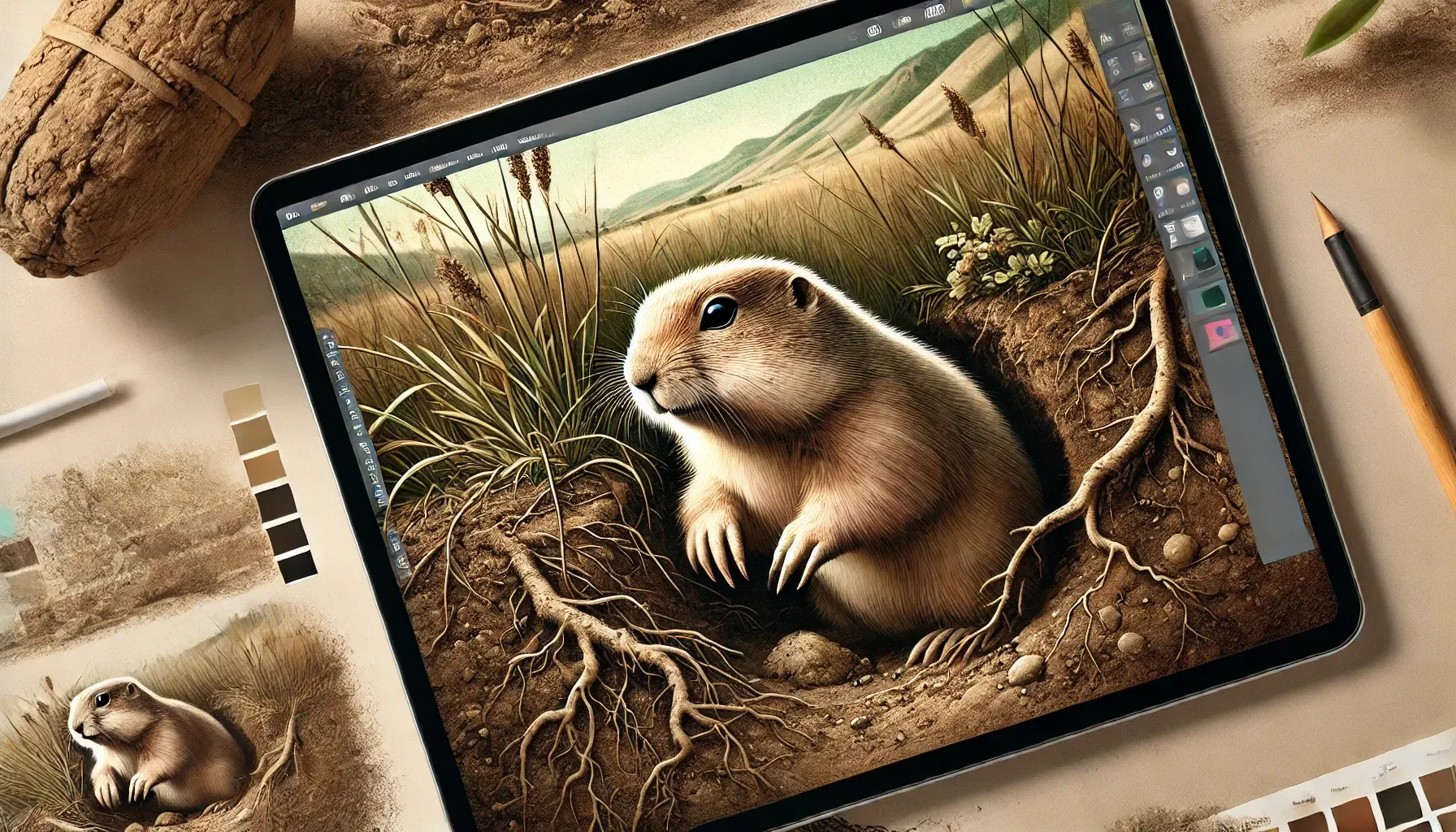
The Northern Pocket Gopher: A Key Species in Idaho
The northern pocket gopher (Thomomys talpoides) is the most common species found in Idaho. These small creatures are highly fossorial, meaning they spend most of their time underground, creating intricate tunnel systems. Pocket gophers can live in a variety of habitats, from the lower plains to subalpine meadows, as long as the soil is loose enough for burrowing. Their presence is often marked by the characteristic mounds of soil they leave behind, which can become a significant issue in fields and lawns(Huntly & Inouye, 1988).
Impact on Ecosystems
Pocket gophers are often referred to as "ecosystem engineers" due to the profound effects their burrowing has on the environment. By moving soil as they dig, they aerate the ground and redistribute nutrients, which can enhance soil quality in certain areas. This burrowing activity can also increase water infiltration and reduce soil compaction, benefiting plant growth. However, in other contexts, such as farmland, these same activities can cause erosion and damage crops and irrigation systems, leading to economic losses for farmers(Sherrod & Seastedt, 2001).
Agricultural Damage and Management
Pocket gophers are a well-known pest in Idaho's agricultural areas, particularly in fields where they damage crops such as alfalfa, grain, and tree seedlings. Their tunneling can disrupt root systems and create problems with irrigation by causing water to leak through their burrows. In pine plantations, gophers have been shown to significantly reduce seedling survival by gnawing on roots and stems, which has led to reforestation efforts being hampered in certain areas(Hooven, 1971). Effective management strategies typically involve trapping, using underground fencing, or employing rodenticides, though care must be taken to balance pest control with environmental impact.
Pocket Gophers and Soil Health
While gophers can be problematic in managed landscapes, they also play an essential role in maintaining soil health in natural ecosystems. Their burrowing helps mix organic matter into the soil, promoting a more diverse plant community. In some cases, pocket gophers have been shown to help recover degraded lands by enhancing soil fertility and facilitating plant growth(Ellison, 1946). Their actions create microhabitats that benefit certain plant species, which would otherwise struggle to compete in densely packed soils.
Mitigating the Challenges of Pocket Gophers
Despite their ecological benefits, pocket gophers can be a significant issue for landowners in Idaho. To manage their populations and mitigate damage, several strategies can be employed:
- Trapping: Trapping is one of the most effective and environmentally friendly ways to control pocket gopher populations, especially in smaller areas like gardens and orchards.
- Baiting: In some cases, baiting with rodenticides may be necessary in larger agricultural settings where gophers are widespread. This method, however, should be carefully managed to avoid unintended harm to other wildlife.
- Barriers: Installing underground barriers or wire mesh around garden beds and tree seedlings can help prevent gophers from causing damage.
Conclusion
Pocket gophers are a double-edged sword in Idaho: essential ecosystem engineers in natural landscapes but problematic pests in agricultural settings. Understanding their role and behavior is key to managing their populations effectively while minimizing environmental damage. Whether you're dealing with their impacts on your crops or appreciating their role in promoting soil health, pocket gophers are a significant part of Idaho's ecosystems.
Works Cited
Ellison, L. (1946). Pocket Gopher in Relation to Soil Erosion on Mountain Range-Watersheds. Ecology, vol. 27, pp. 101-114.https://esajournals.onlinelibrary.wiley.com/doi/10.2307/1932505.
Hooven, E. F. (1971). Pocket Gopher Damage on Ponderosa Pine Plantations in Southwestern Oregon. Journal of Wildlife Management, vol. 35, pp. 346.https://www.jstor.org/stable/3799611?origin=crossref.
Huntly, N., & Inouye, R. (1988). Pocket Gophers in Ecosystems: Patterns and Mechanisms. BioScience, vol. 38, pp. 786-793.https://academic.oup.com/bioscience/article-abstract/38/11/786/294329?redirectedFrom=fulltext&login=false.
Sherrod, S. K., & Seastedt, T. (2001). Effects of Pocket Gophers on Soil Characteristics.
Biogeochemistry, vol. 55, pp. 195-218.https://link.springer.com/article/10.1023/A:1010621102330.
Contact Today For $100 Off Your Initial Service!
⭐⭐⭐⭐⭐
Backed by our Bigfoot Guarantee!
What Customers Are Saying:
"Everyone from Bigfoot is awesome. They are always on time. They're extremely thorough. I've not had a single issue in the two years they have been treating our home. Well worth it!"
T. Potter | Meridian, ID
